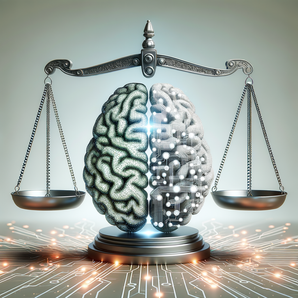Advanced Computer Vision Technique Accelerates Electronic Materials Screening Process
Advanced Computer Vision Technique Accelerates Electronic Materials Screening Process
Artificial Intelligence (AI) continues to revolutionise various industry sectors and research domains, and the field of electronics and materials science is no exception. A novel computer vision method has recently been developed that significantly streamlines the screening process for electronic materials. The revolutionary technique expedites the characterisation of a material's electronic properties, running 85 times faster than conventional methods.
Such breakthroughs in AI and machine learning technologies hold the potential to facilitate material science researchers' work worldwide, accelerating developments in electronics manufacturing and design.
The novel application of computer vision has the potential to revolutionise how researchers and industries explore and exploit electronic materials. A process that was traditionally tedious and time-consuming, the screening and characterisation of these materials, can now be conducted more efficiently. The newly introduced technique leverages computer vision to analyse and infer a material's electronic properties faster than ever before.
This remarkable speed enhancement is primarily brought by incorporating artificial intelligence into the mark. Through AI, complex algorithms and data analysis have been streamlined to a large extent. The technique performs faster by a notable factor of 85 as compared to its conventional counterparts. This exponential leap in speed is made possible due to the machine learning component of AI, which learns with experience to optimise the process better each time.
This method's application can potentially expedite the progress of electronic engineering and materials science research at an unprecedented pace. The faster screening provides a beneficial ripple effect, enabling quicker prototyping, testing, and rollout of electronic materials, components, and devices. As a result, industries can make product advancements at a more accelerated pace.
The burgeoning influence of AI and machine learning has proven itself yet again with this development. The new technique not only speeds up the characterisation process of electronic materials but also allows more efficient utilization of resources, catalysing innovation within the electronic manufacturing sector.
Ultimately, this innovative method merges the potential of computer vision, machine learning, and electronics, reflecting a significant step toward harnessing AI's power to drive scientific and technological advancement. The impact of this technique promises to extend beyond improving workflows - it stands to redefine how the electronics industry and broader scientific community perceives and utilises AI technology.
The development of such AI techniques reflects a promising trend in the field of electronic materials research, laying the foundation for enhanced and rapid creation of future electronic devices. Given the continuous evolution of AI capabilities, it is likely to be just one of the many innovative applications set to transform the materials science and electronic industries.
Disclaimer: The above article was written with the assistance of AI. The original sources can be found on MIT News.




